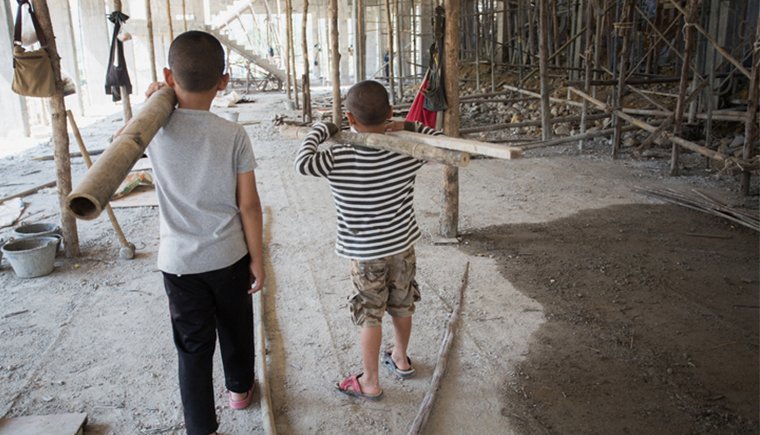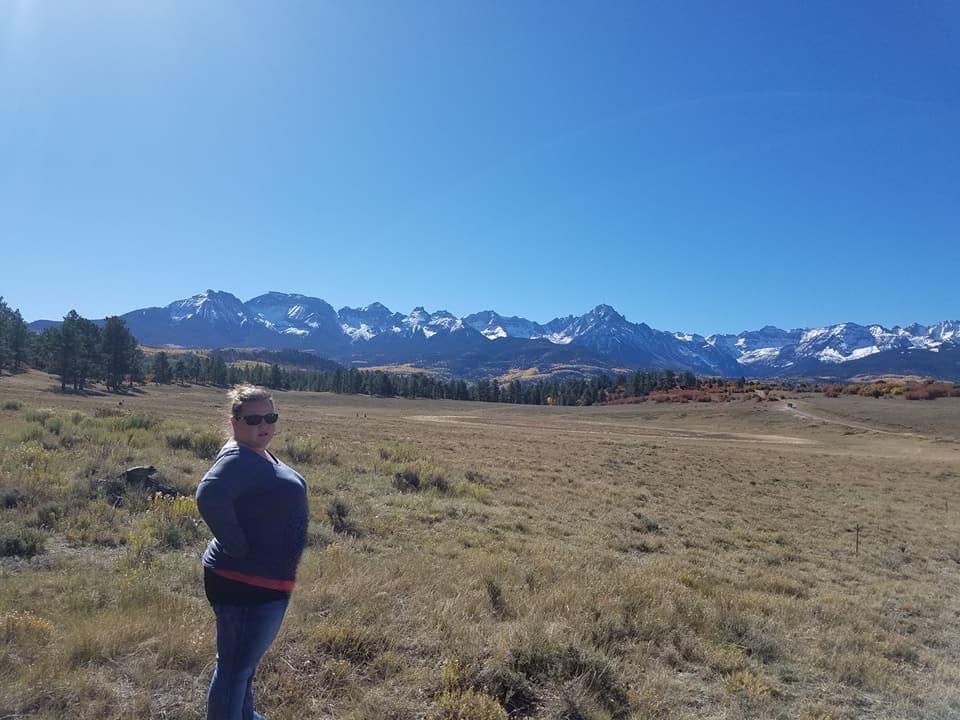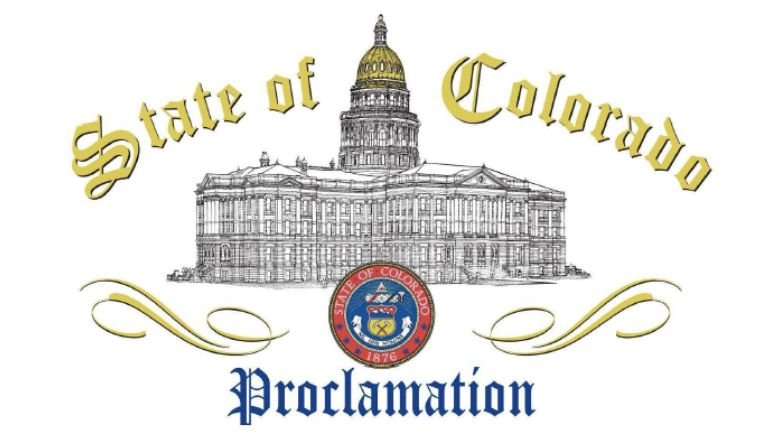Know the signs of child labor trafficking and child sex trafficking

Child trafficking, which includes child labor trafficking and child sex trafficking, is child abuse, and all children, regardless of their age, race, gender, socioeconomic background, nationality or place of birth can be vulnerable.
Children can be paid the least, exploited the most, and, because of their legal incapacity and invisibility as minors, often have no access to resources.
“Red flags and indicators of child sex and labor trafficking can overlap and identifying instances of trafficking can be complicated,” said Brooke Heavey, Human Trafficking Specialist at the Colorado Department of Human Services. “The good news is that you don’t need to be sure, you just need to report suspicious situations by calling 844-CO-4-KIDS. If a child is in immediate danger, dial 911.”
Labor trafficking
The employment of a child or teen (which under certain circumstances is permissible) becomes trafficking when the employer uses force, fraud and/or coercion to maintain control over the child or teen and cause them to believe they have no other choice than to work. Child labor trafficking is often hidden and occurs in diverse labor settings, both formal (hospitality and restaurants, farms and factories) and informal (domestic labor, forced drug sales, door-to-door sales, panhandling). Children and teens trafficked for labor may appear to be a victim of crimes other than trafficking. Some crimes that commonly occur that may actually be trafficking are child employment violations, domestic violence, child sexual abuse, child pornography, and other types of child abuse or neglect.
Labor traffickers, who are they?
Traffickers can be a parent, guardian, sibling or another non-related caregiver. Traffickers can also be a peer, acquaintance or employer. Individuals with undocumented status are especially vulnerable to labor exploitation and trafficking.
Labor trafficking, what does it look like?
Child labor trafficking can take many forms, the most common being forced labor and debt bondage. Forced labor can occur through false job advertisements, promises of a better life or legal status, and familial recruitment. Traffickers often use force or threats of force, destruction of or confiscation of an individual’s identification documents, threats relating to legal status and debt bondage to exploit victims.
Debt bondage occurs when traffickers demand labor as a means of repayment for a real or alleged debt, yet they do not reasonably apply a victim’s wages toward the payment of the debt, or limit or redefine the nature and length of the debtor’s services.
Child Sex Trafficking
Child sex trafficking occurs when an individual younger than 18 trades sex or engages in a commercial sex act. Like child labor trafficking, child sex trafficking can happen in any community and can affect children and teens of all ages, races, genders, socioeconomic backgrounds, nationalities or place of birth. Children and teens are particularly vulnerable to this type of exploitation- especially those who come from unstable homes or lack emotional and family support.
Research has shown that traffickers often target children and teens who may be more vulnerable by using psychological pressure and intimidation to control and sexually exploit those young people for financial benefit.
Children younger than 18 are not legally allowed to consent to commercial sex acts. Child sex trafficking can occur at strip clubs and illegal, illicit massage parlors but is more frequently identified in online adds, in hotel rooms or homes. Survival sex occurs when a child is offered a place to stay, food, drugs, or anything else of value in exchange for sex. This is why young people who are experiencing homelessness are particularly vulnerable to traffickers: According to the National Center for Missing and Exploited Children 1 in 7 children reporting missing likely experienced sex trafficking.
Sex traffickers, who are they?
The majority of young people who have experienced sex trafficking know their trafficker because their trafficker is a parent, relative, friend orntimate partners). Sex traffickers can be individuals (pimps, foreign diplomats), part of informal criminal operations (gangs, family networks), businesses, or lager organized crime syndicates.
–
Traffickers are methodical and intentional towards the children and families they target and oftentimes spend considerable amounts of time grooming a child victim.
–
Traffickers frequently use social media or existing relationships to identify, groom and recruit victims. Child victims of trafficking have also been known to recruit other children for their traffickers.
Sex trafficking, what does it look like?
Sex trafficking can be difficult to detect. Exploitation is not occurring on the streets but rather facilitated by traffickers through the internet and happening in hotel rooms or homes. There continues to be a lack of awareness and understanding of what sex trafficking is. Many believe that sex trafficking is a crime that only occurs overseas and don’t realize that an individual can be born and trafficked right here in Colorado.
Child sex trafficking is often a hidden crime and sometimes young people and their families may not view themselves as victims. Children were once labeled prostitutes and many people still don’t recognize child sex trafficking as a crime. Victims don’t self identify and often present as hostile and uncooperative. Stereotypes and misconceptions continue to make identification of victims difficult by the very professionals (law enforcement and social services etc.) who are hoping to help.
All forms of trafficking create a cycle of violence that impacts victims, families, and communities. The impact of trafficking can lead to health concerns, create complex forms of trauma for the victim and leave a family wondering what to do. Families who are exposed to human trafficking often need the support of social services and legal advocates to begin the process of healing.
Even if you’re unsure, never hesitate to report suspicious situations by calling 844-CO-4-KIDS. If a child is in immediate danger, dial 911.
We can all play an important role in stopping child trafficking in Colorado. Visit the child trafficking page to learn more about recognizing the signs.
Interested in learning more? Take one of the online human trafficking courses to help build your capacity to identify and serve children and teens who have been trafficked.
More Posts



